Birds are stunning animals, and are able to bring groups of people together to share the same passion: birdwatching! On May 5th, I experienced perhaps one of the most exciting and inspiring events of my life. From the organization, advertising and planning of more than 500 teams and more than a thousand of people throughout Peru, to the enthusiasm and big expectations of our team at Los Amigos. This Global Big Day (GBD) triggered a competitive, healthy contest among countries, regions, cities and remote locations throughout the world with the incredible objective of increasing the knowledge and valuing birds of all species and the importance of their and their habitats conservation. Peru gained second place globally with 1490 species registered in 24 hours, while Colombia won first place with 1542 species. A difference of only 52 birds!

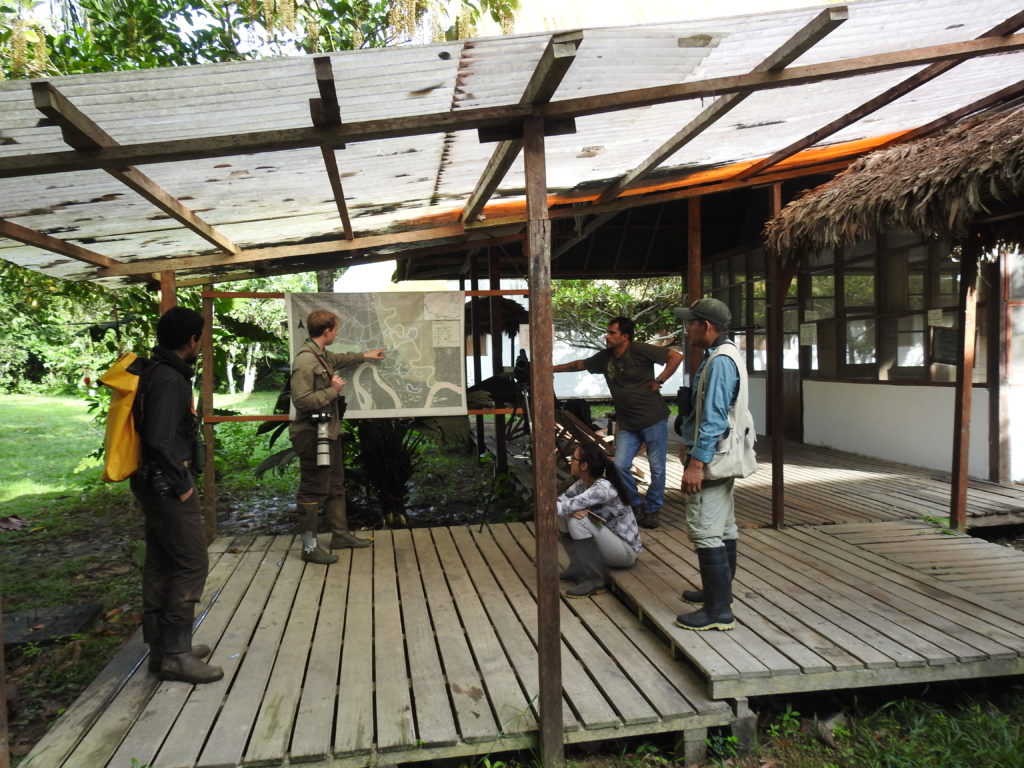

On May 5, Los Amigos strategy…
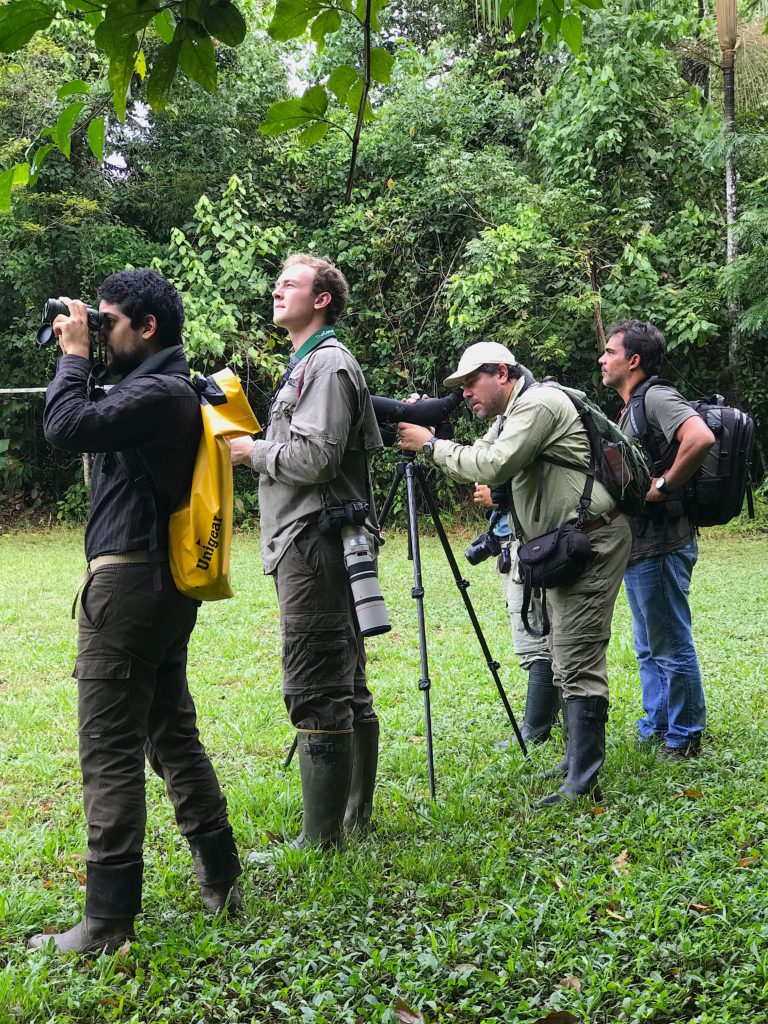
Los Amigos has a diverse array of habitats, making this forest a unique place for birdwatching and for any passionate naturalist who is looking for those rare or endemic birds. Due to this mosaic landscape, our team, which was led by three expert birders (read our last note), aimed to cover the largest variety of habitats throughout the Big Day. We started before dawn, splitting our team in two: one group walking through terra firme forest, bamboo patch, and the airstrip, and the other going through floodplain, secondary forest, and Cocha Lobo oxbow lake. Before the sunrise, a thick morning mist covered the enchanted Amazonian forest allowing us to hear the calls of the Barred-forest falcon, Amazonian motmot, while we were also able to appreciate the gorgeous display of a Blue-crowned manakin male, among others. Close to noon, the heat and sunlight was intense (as usual), and was followed by the silence of Amazonian birds. After a quick lunch, we got back to the trails and this time our two teams switched trails covering the same habitats done in the morning plus river edge forest along the Madre de Dios River. The day before the GBD was very rainy, causing the beaches along the river to disappear the following day. Despite that, we were still able to register shorebirds such as the Great egret, the Ringed Kingfisher, and others.
Within less than 452 ha (Los Amigos Biological Station total area), and after more than 13 hours and 20 km walked, we ended our Big Day with a total of 299 bird species, including some noteworthy birds such as the Black-faced cotinga, Pale-winged trumpeters, Long-crested pygmy tyrant, Blue-headed macaws (to check the complete list, check our eBird hotspot in the following link: https://ebird.org/hotspot/L492606?m=5&yr=cur&changeDate=Set). Proud of our record, we are happy to announce that Los Amigos and its team members (Fernando Angulo and Alex Wiebe) are included among the first 10 Top eBirders in Peru with more than 250 species registered, demonstrating that this place is a real birding paradise. However, more than the numbers and the winners, this past GBD 2018 will be remembered by the passion, cohesion, increasing interest and participation of thousands of Peruvians, including bird guides, biologists, but also citizens not related with this field that got together to support a magnanimous environmental cause. As Fernando Angulo, LABO Advisory Member and team member of Los Amigos GBD, said: “Peruvian birders: we have won ourselves and the objective for this GBD has been surpassed. Peru had registered 160 more species than 2017.”
And we know that we can do more! Keep it up, birders around the world!
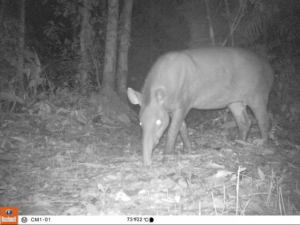
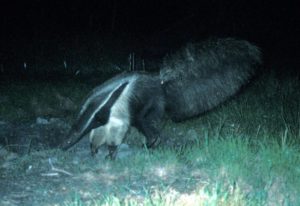
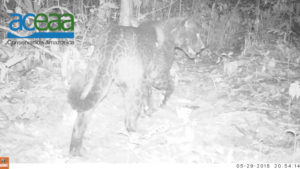

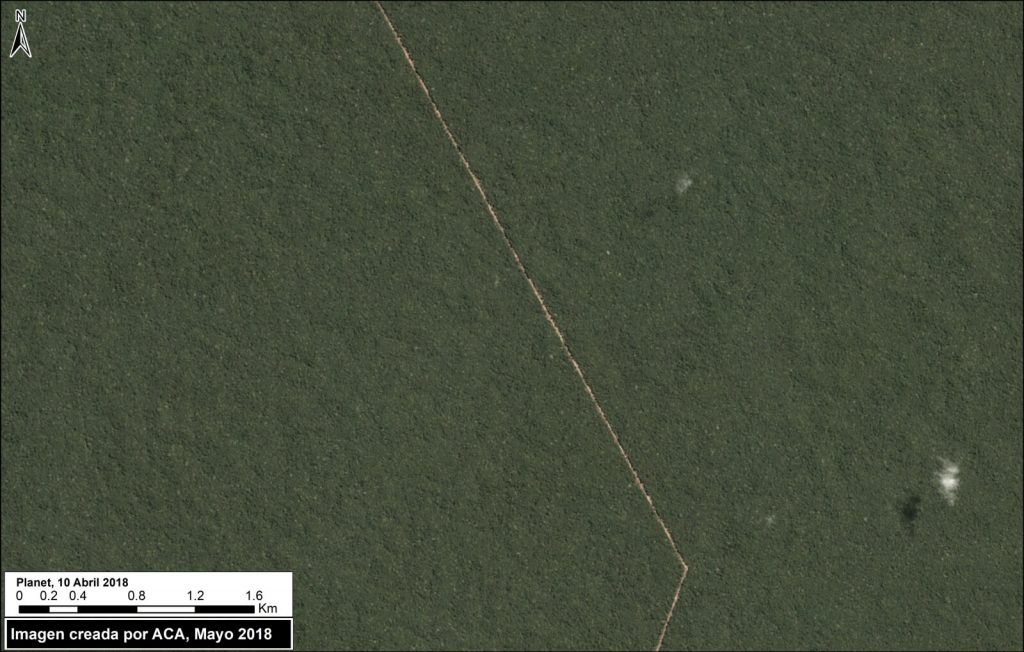
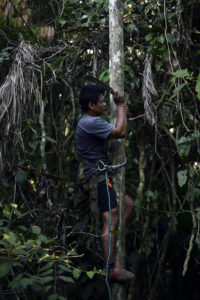 We have been working with the açaí and Brazil nut harvesters, who depend on the Santa Rosa de Abuná conservation area for their livelihood, to improve how they locate, gather, and process the forest goods they sustainably harvest. This is a key conservation and community development strategy for providing local people with the incentive to keep forests standing, as many of the globally in-demand fruits and nuts they harvest can only grow in healthy forests – not in large-scale plantations. With this strategy in mind, we help families improve their income by growing their local economies through instituting ecologically sustainable activities that protect the forests they call home.
We have been working with the açaí and Brazil nut harvesters, who depend on the Santa Rosa de Abuná conservation area for their livelihood, to improve how they locate, gather, and process the forest goods they sustainably harvest. This is a key conservation and community development strategy for providing local people with the incentive to keep forests standing, as many of the globally in-demand fruits and nuts they harvest can only grow in healthy forests – not in large-scale plantations. With this strategy in mind, we help families improve their income by growing their local economies through instituting ecologically sustainable activities that protect the forests they call home.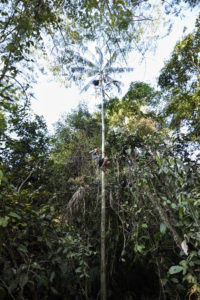 The new harnesses have already proved their value. One of the açaí harvesters, Omar Espinoza, used the new harness to climb a 50-foot high açaí tree, which he does on a daily basis during the harvest season in order to collect the fruit that generates almost all of his family’s income. Due to a misstep coming down the tree with a heavy branch of açaí in hand, Omar fell from a height of about 40 feet, head first. Thanks to one of the features in our safety harnesses – aptly called a “life line” – he was stopped from hitting the ground and just dangled from the harness instead. His head was just a few feet from the ground. Using the harness he had before this project would have meant a certain fall. Had it not been for this new equipment, he would have faced severe and debilitating injuries or possibly, death.
The new harnesses have already proved their value. One of the açaí harvesters, Omar Espinoza, used the new harness to climb a 50-foot high açaí tree, which he does on a daily basis during the harvest season in order to collect the fruit that generates almost all of his family’s income. Due to a misstep coming down the tree with a heavy branch of açaí in hand, Omar fell from a height of about 40 feet, head first. Thanks to one of the features in our safety harnesses – aptly called a “life line” – he was stopped from hitting the ground and just dangled from the harness instead. His head was just a few feet from the ground. Using the harness he had before this project would have meant a certain fall. Had it not been for this new equipment, he would have faced severe and debilitating injuries or possibly, death.



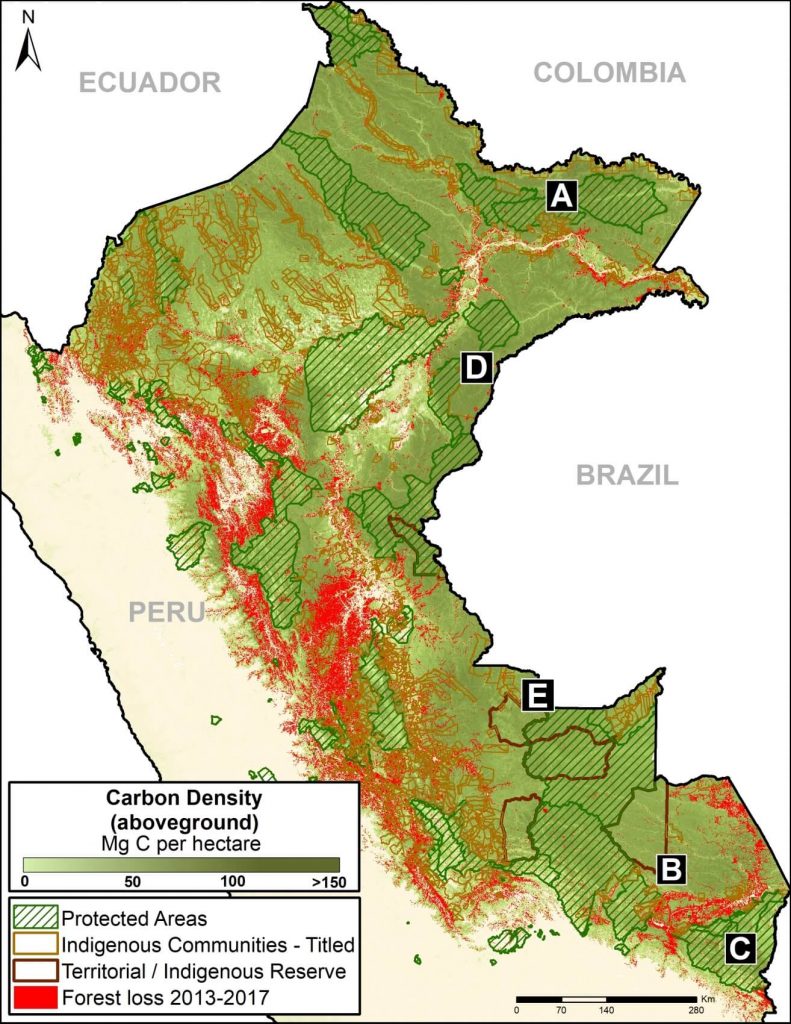
